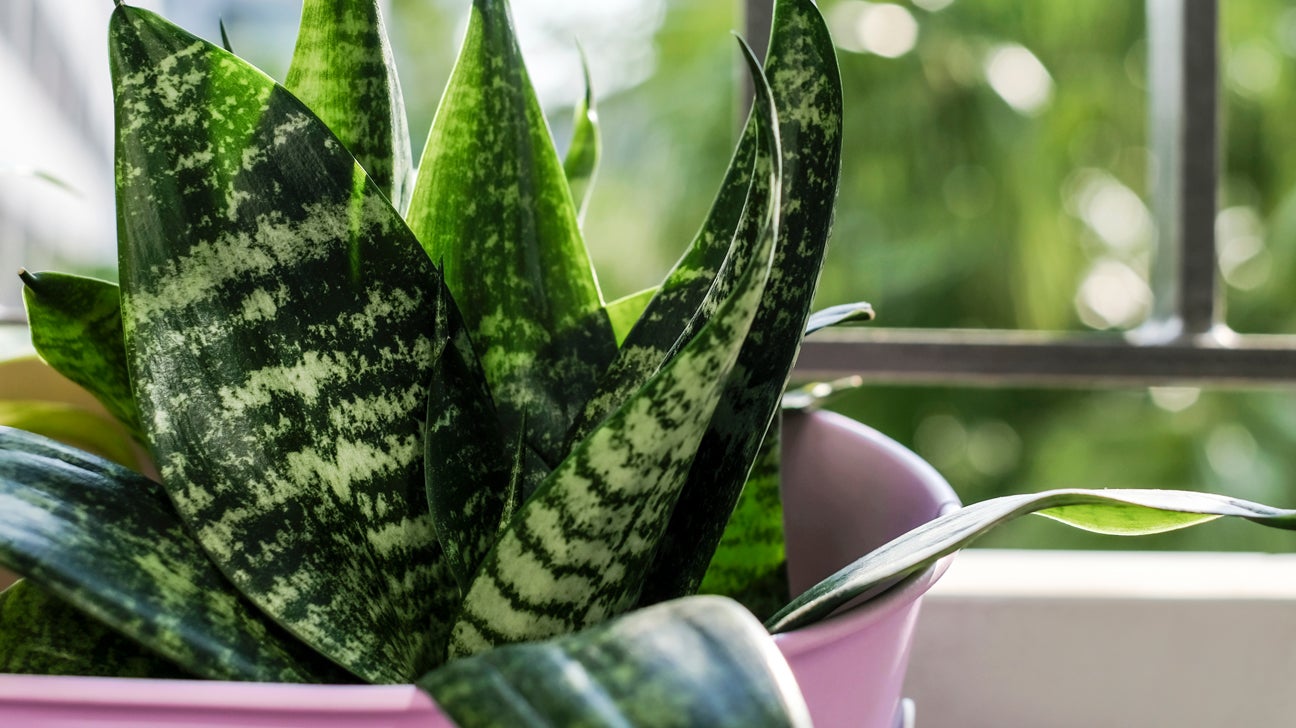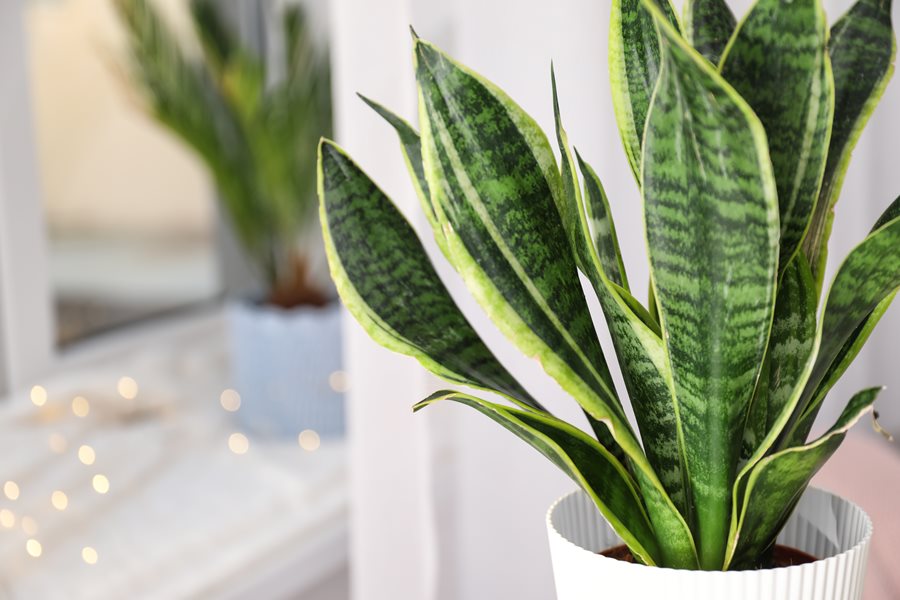A Biased View of Snake Plant Leaves Turning Yellow
Wiki Article
Snake Plant Leaves Turning Yellow Can Be Fun For Anyone
Table of ContentsWhat Does Snake Plant Leaves Turning Yellow Mean?Little Known Facts About Snake Plant Leaves Turning Yellow.Top Guidelines Of Snake Plant Leaves Turning YellowNot known Facts About Snake Plant Leaves Turning YellowFascination About Snake Plant Leaves Turning YellowOur Snake Plant Leaves Turning Yellow Ideas
If you intend to have a serpent plant in your house, right here are a couple of points to remember: Way too much water is this plant's weakness. Area a snake plant in a well-drained pot to prevent overwatering, as it can cause rotting. Just water the dirt when it's totally dry.If totally shaded, the plant can boring and the leaves might end up being a little bit drooping. Serpent plants are not only simple to care for however very easy to multiply.
As soon as roots have begun to develop (3 to 5 weeks), you can maintain in water or transfer to dirt. Place a serpent plant in a well-drained pot to avoid overwatering, as it can create decomposing. Be sure the pot has an opening to allow draining. Serpent plants are verified to be as useful as they are aesthetically appealing.
Utilize the knife to split the plant right into sections, maintaining the origins for each area undamaged. Descendants or puppies are child plants emerging from the soil.
The Only Guide for Snake Plant Leaves Turning Yellow
Make use of a sterilized reducing tool to remove a long, healthy and balanced leaf at its base (Snake Plant Leaves Turning Yellow). Submerge the cut end of the leaf in a tidy container of water and established the container in a partly warm place. Or enable the cut end to callous over for 24 hours and afterwards pot it cut-end downNight-blooming flowers are aromatic and comparable in appearance to lilies. Make certain to choose a cultivar that flowers, since not all snake plant selections will blossom. The Spruce/ Alonda Baird The Spruce/ Alonda Baird The Spruce/ Candace Madonna Snake plants expand ideal with 8 to 10 hours of indirect sunshine or a few hours of early-morning straight sunlight.
Throughout winter season, examine the plant's dirt mix every 2 weeks or sothe plant could require to be sprinkled only as soon as a month. If you see its fallen leaves are weak and completely dry, water right away. During spring and summer when the plant is in energetic development, sprinkling every two weeks or two is usually enough.
To manage elevation, get rid of the tallest leaves at the dirt line with a sterile cutting tool. Harmed fallen leaves can be gotten rid of at any moment, however, wintertime trimming can trigger tension. Repot your snake plant every three to 5 years, or when you see origins outgrowing the openings in the bottom of the pot.
Snake Plant Leaves Turning Yellow - Truths
The finest time to repot remains in springtime. When repotting a serpent plant, position it at the exact same level as it remained in the initial pot. Serpent plants don't tolerate temperature levels lower than 50F. If you are expanding the plant outdoors, bring it indoors and keep it in a cozy place where it's protected from cool drafts.Snake plants are at risk to typical houseplant insects such as ranges, gnats, crawler termites, aphids, mealybugs, and whiteflies. The majority of can be removed by hand or with a mild spray of water. Deal with invasions with neem oil. Serpent plants are just one of the most convenient plants to maintain and can last for years.
Having a serpent plant has lots of benefits. Easy to care for and a terrific first plant for starting gardeners, Unique shape adds height and rate of interest to houseplant collections, Adapts to different light conditions and endures low-light environments, Plant is flexible and practically unbreakable, Small development practice fits well in small rooms, Drought immune FAQ Snake plant gained its name due to the fact that of the way its long, slim leaves with distinctive red stripes and various other markings look like some kinds of serpent.

How Snake Plant Leaves Turning Yellow can Save You Time, Stress, and Money.
Snake plants are easy-care houseplants. This tutorial on repotting Serpent Plant kingdoms shows you the steps to take, the mix to use, and when you should repot your serpent plant.I in fact repotted 5 of my plants but you just see 2 of them here. I call this job the "Serpent Plant switcheroo" next because I exchanged out containers and areas they were in.
That's why I include in the succulent and cactus mix since it's beefy and well oxygenated (Snake Plant Leaves Turning Yellow). I also toss in a couple of handfuls of natural compost as I'm growing (I go much lighter on both this and the worm compost when repotting houseplants as contrasted to container plants in my garden) and a 1/2 layer topping of the worm garden compost
Both teem with top quality ingredients. Make certain whatever potting dirt redirected here you use claims it developed for interior plants on the bag. I utilize this do it yourself succulent & cactus mix (this has coco chips in it) for included drain. This set is an alternate as well as this set. I utilize Tank's regional garden compost.
Top Guidelines Of Snake Plant Leaves Turning Yellow
Planet's a shot if you can not locate anywhere you live. Both enrich the soil normally. Worm compost is my preferred change, yet I utilize it moderately since it's abundant. You can discover more regarding why I use worm compost here. The top you could check here four are what I made use of for my mix.
For example, if yours is in a 6 expand pot, then an 8 pot would certainly be the size you would certainly desire to use. Because Sansevierias like to spread out as they grow, I have actually discovered that they do not need a deep pot. A deep pot has even more dirt mass near the bottom which could remain also wet which leads to root rot.
You can see the thick rhizomes they save water together with the roots & leaves. Collect your dirt mix products. (Sometimes I mix them up ahead, and other times in the pot as I go along. Loosen up the plants from their pots. For one plant I made use of a boring knife and for the various other, I carefully continued the grow pot.
The Ultimate Guide To Snake Plant Leaves Turning Yellow
Once the plant is out of the pot, gauge just how much dirt mix you'll need to elevate the top of the root round up to 1/2 to 1 listed below the top of the new pot. Include the mix in. Location the plant in the pot and fill in around the sides with mix.Report this wiki page